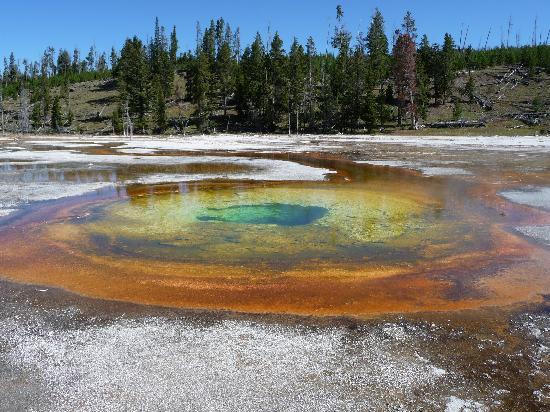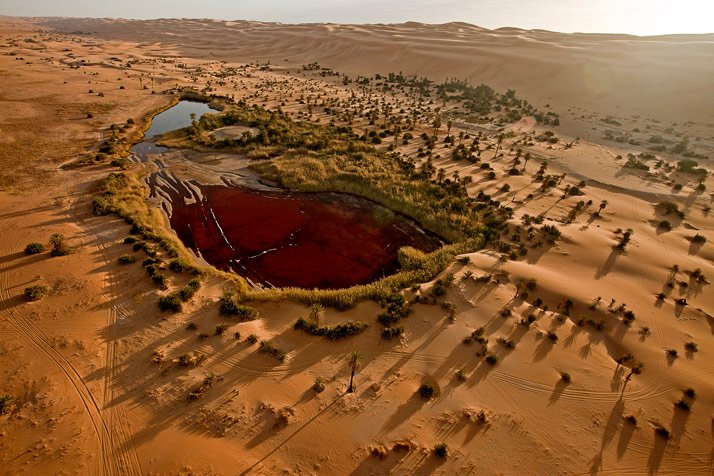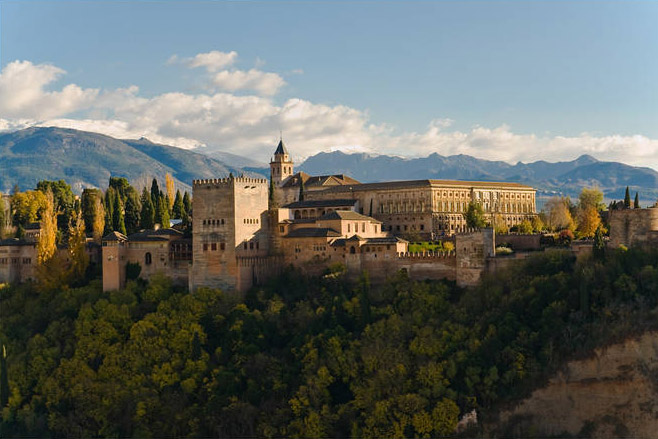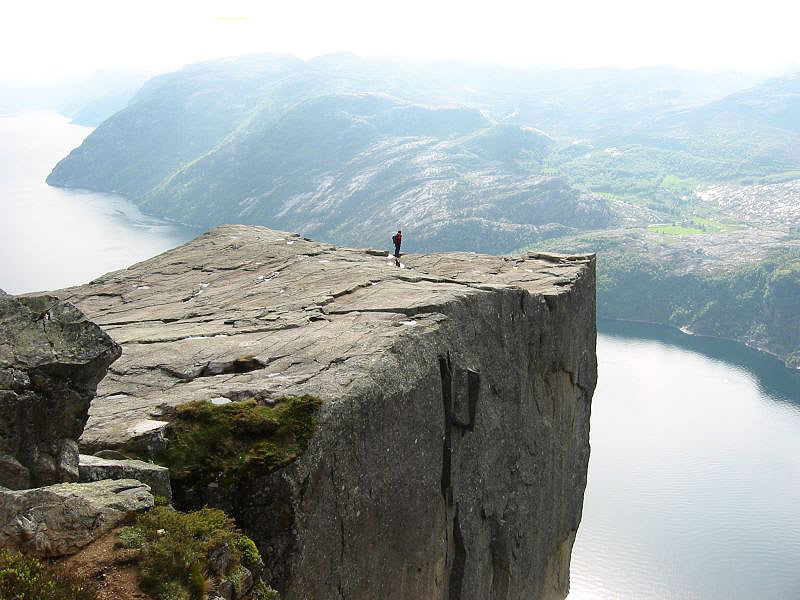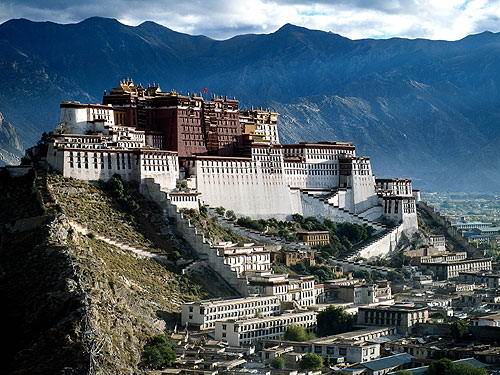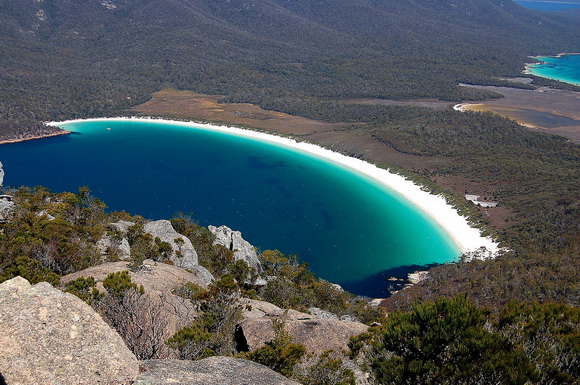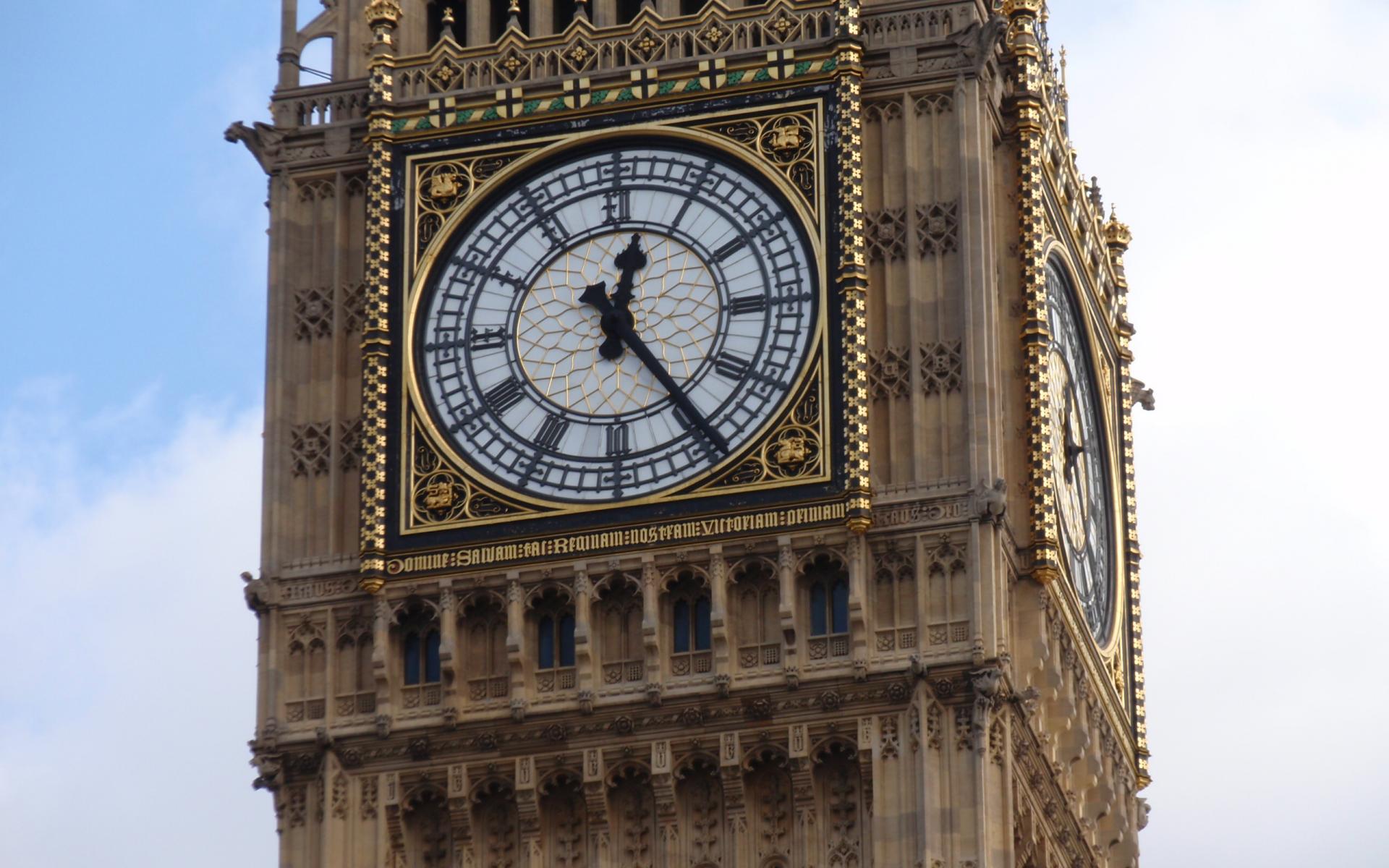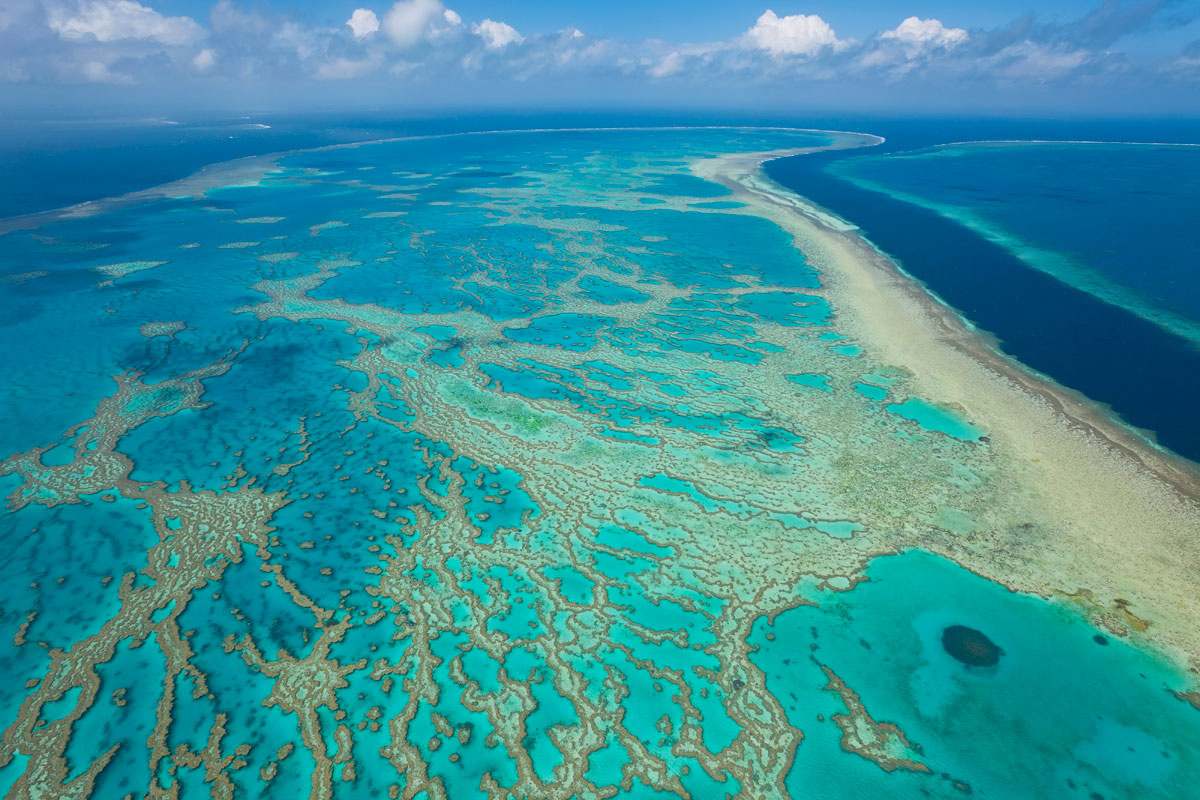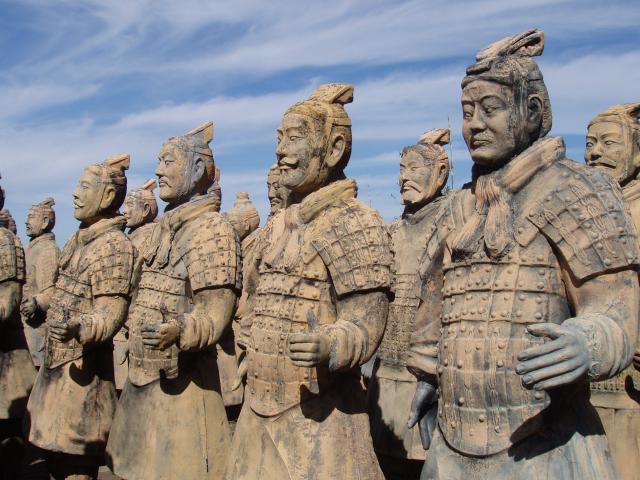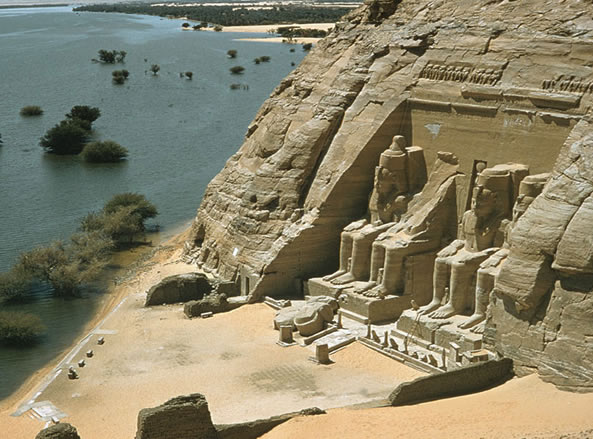
The Terracotta Warriors («figures of soldiers and horses»), within the Mausoleum of Qin Shi Huang, also known as Mausoleum of the First Qin Emperor (秦始皇 陵; pinyin: líng Qinshihuang) was discovered in March 1974 during a works for the supply of irrigation water near Xi’an, Shaanxi Province, PRC. Since 1987 is considered World Heritage by UNESCO.
The army consists of over 7,000 figures of warriors and horses in real size, which were buried with the self-proclaimed first emperor of China, Qin Dynasty, (Qin Shi Huang) in 210-209 a. C.
Burying these statues was believed that the Emperor would still have troops under his command. The Terracotta Army was buried in battle formation on three pits, one mile east of the Emperor’s tomb, located 33 km east of Xi’an. The three pits are between 4 and 8 feet deep. They have been excavated and a museum has been built in the ruins, called Terracotta Army Museum of the First Qin Emperor.
The first pit was discovered in 1974 by chance by some peasants who were looking for water to combat drought. In that area had already found some remains of those who had been given too much importance to the news of the discovery of the new pit reached the ears of an archaeologist began excavating.
The pit has an area of 200 meters by 60 and contains more than 6,000 warriors, some of them still to be unearthed. The figures are life-size: measured 1.80 m. high and are equipped with armor also made terracotta. The grave was opened in 1979.

Each of these figures has different features and characteristics: mustaches, hair, young, old, different ethnic traits … Heads and hands are molded separately and then added to the bodies. Uniforms also reflect the military ranks to which they belong. Each soldier carried a weapon: bows, spears, swords … After the fall of the Qin Dynasty, peasants looted the tomb and stole the weapons. Originally, the images are vivid and bright colors, color is lost after five hours of exposure to oxygen, which contributes to its oxidation. It is for this reason that we are studying the technique to keep these colors and until completion of their study are deferred excavations of other warriors.
The second pit to open the public contains 69 figures and is known as «the pit of the generals». It is believed that represented the staff of the army. In the pit are also visible figures of four horses. The last pit contains about 1,000 soldiers, many of them without restoring.
In 1980 he discovered two painted bronze chariots. Each of these cars is made up of more than 3,000 pieces. The four horses of each carriage are guided by an imperial driver. According to some studies, the first of these cars would help pave the way for the emperor’s entourage while the second would be the car in which the monarch sleep. The cars are not actual size (about half) and were inlaid with silver and gold.

The mausoleum is located on Mount Li, about 30 kilometers east of the city of Xian, in the district of Linton, in Shaanxi Province, northwest China.
The mausoleum remained forgotten and buried 2,000 years. The emperor spent nearly 38 years to build the mausoleum. Which has 2.13 square kilometers and together with other 181 tombs spread in the area, covering a total area of 60 square kilometers and included the participation of more than 700,000 workers. It was built according to the urban plan of the city of Xian yang, the ancient capital of the Qin Dynasty, also divided into two parts: inside and outside with a truncated pyramid with a base of 350 meters and a height of 76 meters.
The burial chamber tomb of the Emperor and have not been opened and are in the center of the underground palace of the mausoleum.
To get easy to Xian, capital of Shaanxi Province in northwest China, it’s best to take the high speed train TGV of state-owned China Rail from Beijing. Between the two cities there are 1,200 km, but the train moves through them in less than six hours.
Tourists enjoy an unforgettable show, which brings to mind the time when the Imperial Guard marched with pomp. In an area of 16,300 square meters, divided into three sections or «wells» archaeological replicas were restored 7000 soldiers, officers and generals, 130 chariots with 520 military horses were rescued weapons and bronze sculptures, including a set of horses. The imperial funeral procession included other figures in terracotta, unearthed in recent years: acrobats, musicians, servants and bodyguards. The different «wells» regrouped since 2010 in the Mausoleum and Park of Emperor Qin Shi Huang.
